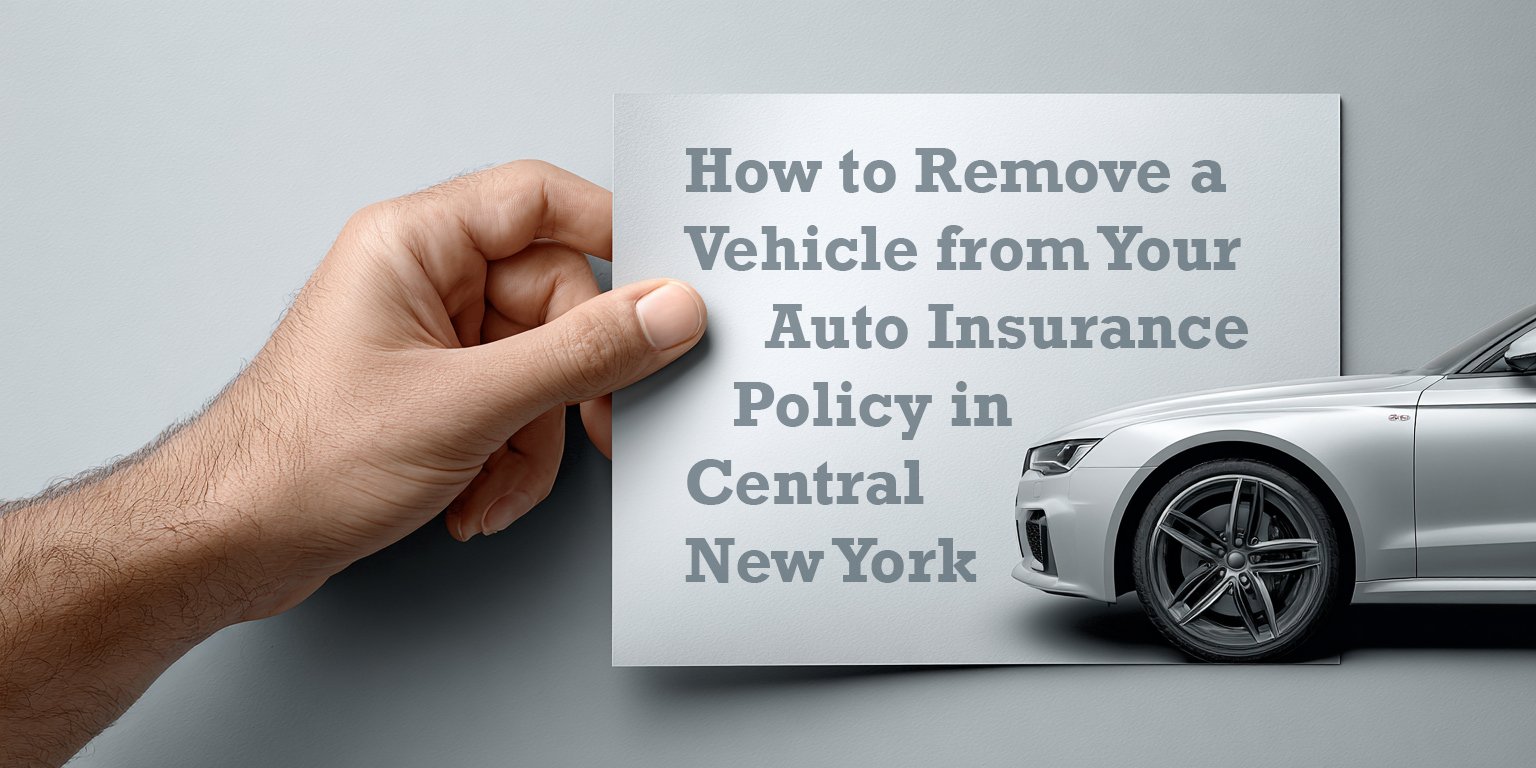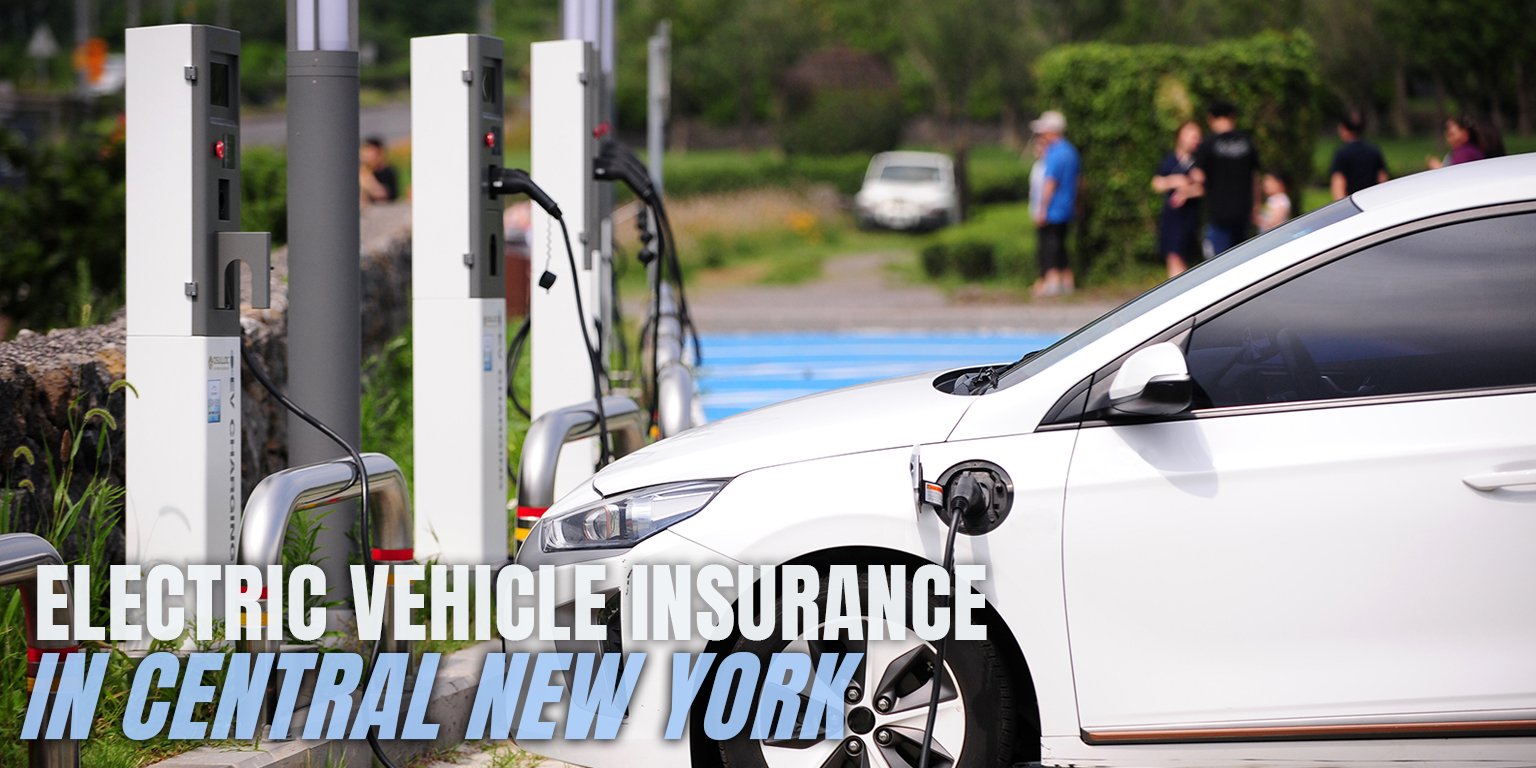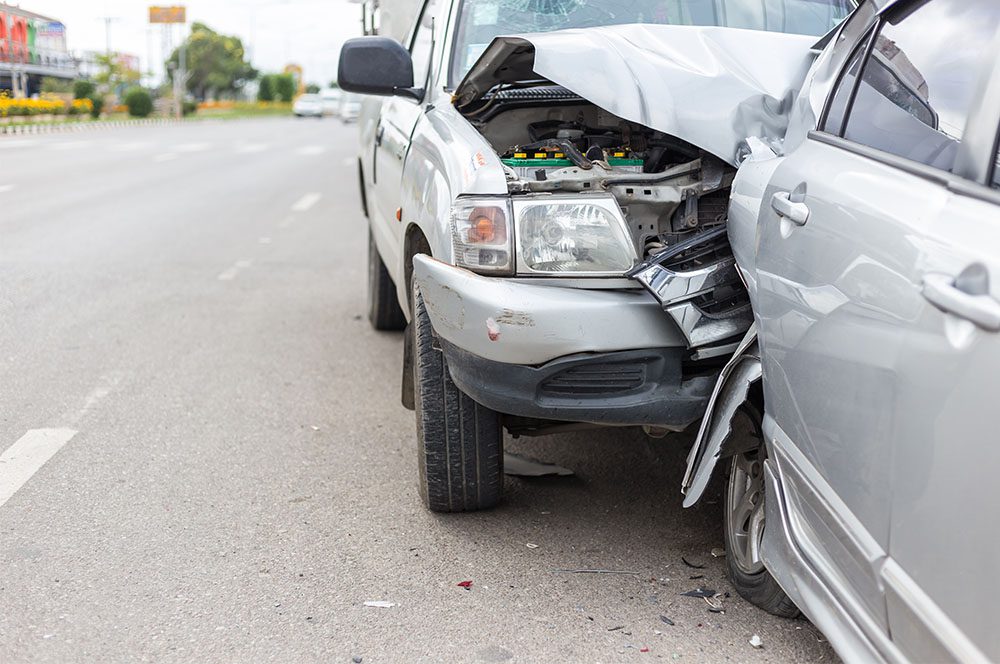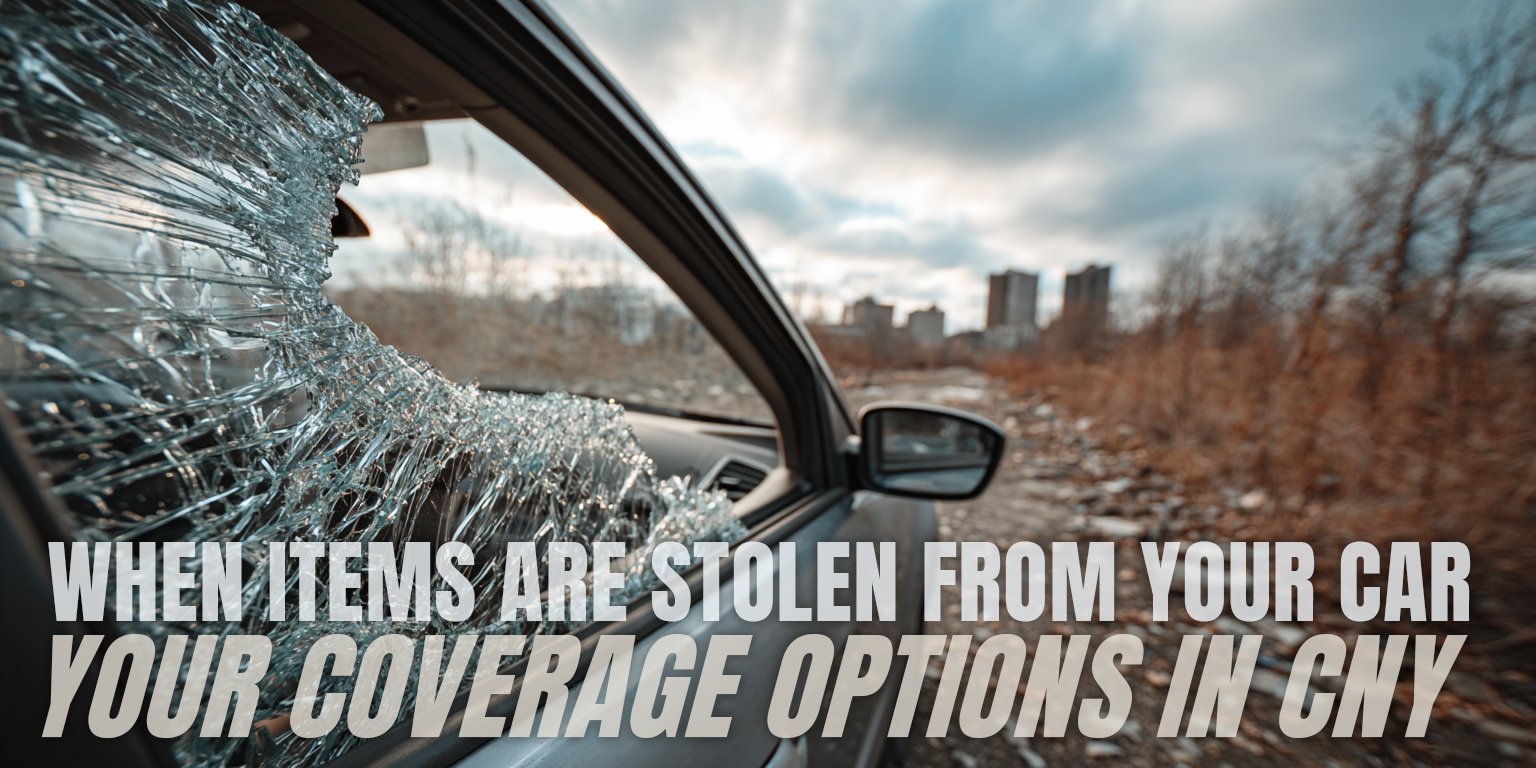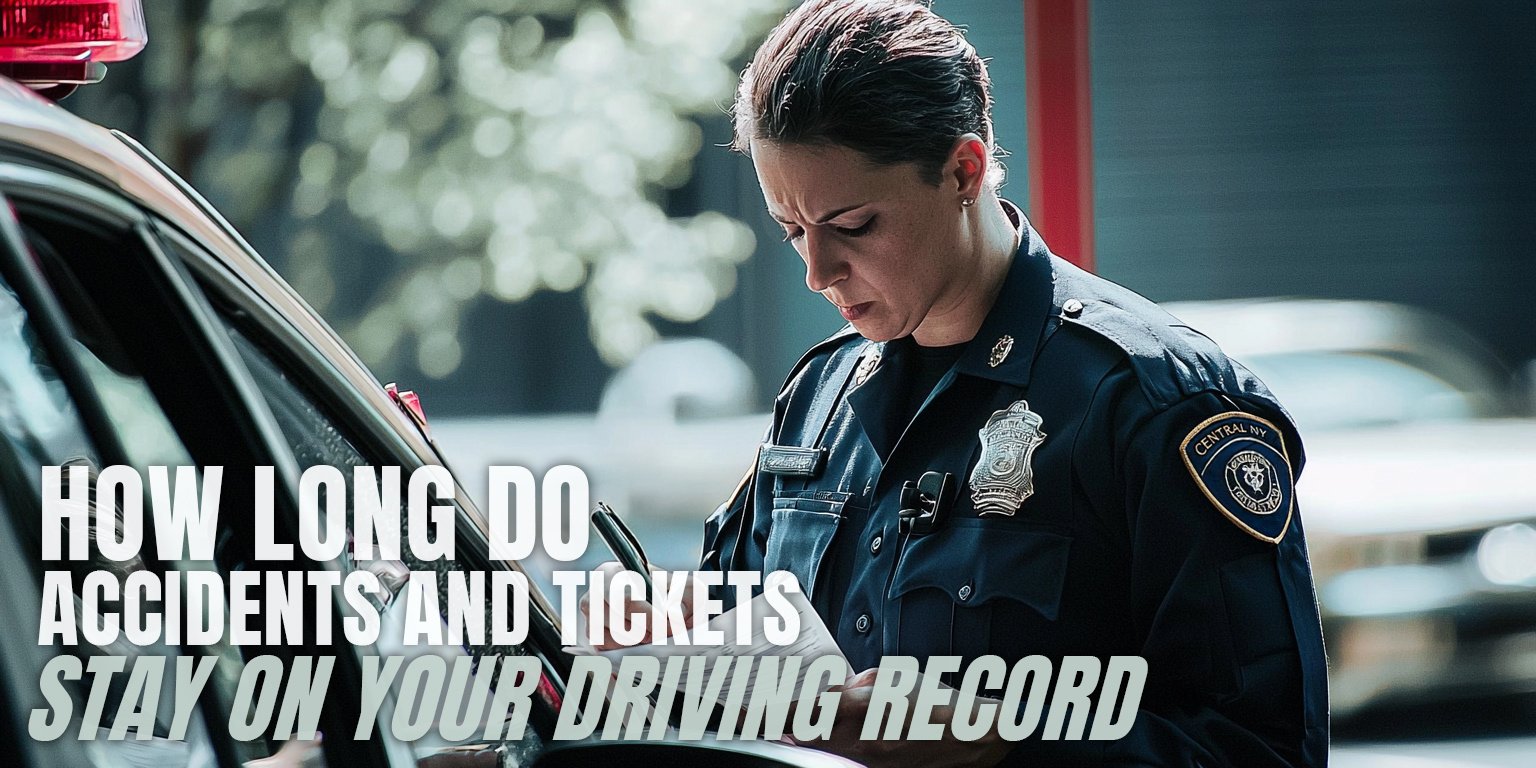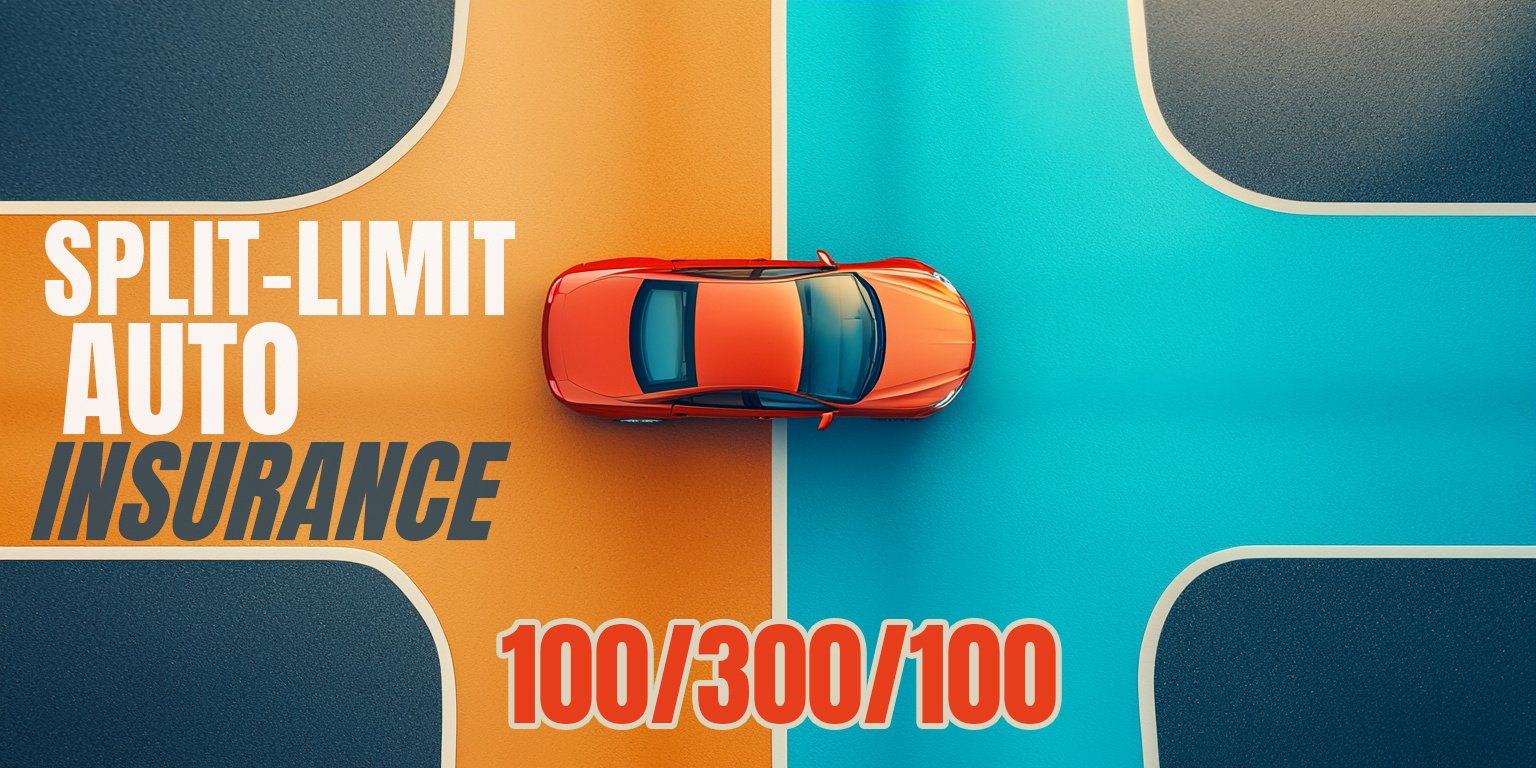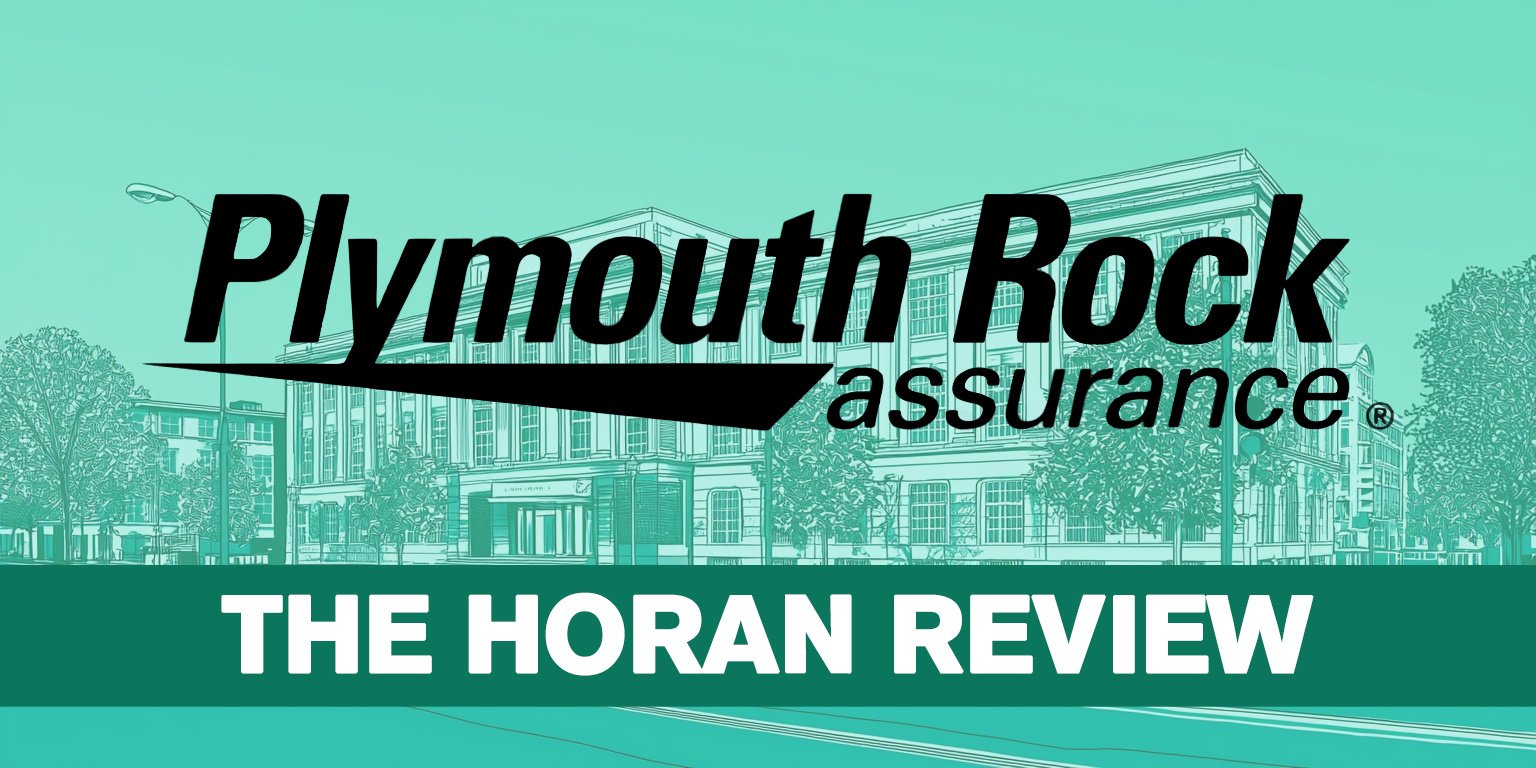The Best Policy Limits for an Auto Insurance Quote
September 19th, 2023
6 min read

We know that choosing the right auto insurance policy limits can be a daunting task. You want to make sure you have enough coverage to protect yourself and your loved ones. But you don’t want to overpay for something you don’t need.
Policy limits are the maximum amount of money your insurer will pay for a claim. They vary depending on the type of coverage, such as liability, collision, comprehensive, and so on. Choosing the right policy limits can make a big difference in your peace of mind and your wallet.
But how do you know what policy limits are best for you? There are many factors to consider, such as your driving habits, your budget, your assets, and the state laws. It can be confusing and overwhelming to compare different quotes and options.
That’s why you need a trusted expert who can help you find the best policy limits for your auto insurance quote. At Horan, we have over 15 years of experience in serving Central New York drivers. We know the ins and outs of auto insurance, and we can help you save money and get the coverage you need.
In this article, we will explain what policy limits are, why they matter, and how to choose them wisely. We will also give you some tips on how to get the best auto insurance quote.
Single or Split Limit Liability Coverage: Which is better?
Let’s start by saying the best policy limits are the highest ones the insurance company can offer you. There is no better option than that. But that doesn’t mean you can afford them or that you need them. You have to find the balance between the best and the most suitable policy limits for your situation.
That leads us to split limit and single limit coverage. These are two ways of setting the highest amount your insurer will pay out.
But how do you choose between single limit and split limit coverage?
What is Single Limit Coverage
Single limit coverage means you have one limit for all types of liability, such as bodily injury and property damage. For example, if you have a single limit of $300,000, that is the total amount your insurance company will pay for any claim. It doesn’t matter how many people are injured or how much property is damaged.
What is Split Limit Coverage
Split limit coverage means you have different limits for different types of damages. For example, if you have a split limit of 100/300/100, that means that your insurance company will pay
- up to $100,000 per person for bodily injury,
- up to $300,000 per accident for bodily injury, and
- up to $100,000 per accident for property damage.
So which one is better? Well, it depends on your situation and preferences. Some people prefer single limit coverage because it gives them more flexibility and simplicity. They don’t have to worry about exceeding the limit for one type of damage and having to pay out of pocket for the rest. They also don’t have to deal with complicated numbers and slashes.
Other people prefer split limit coverage because it gives them more control and savings. They can adjust the limits according to their needs and budget. They can also save money by choosing lower limits for property damage, which is usually less expensive than bodily injury.
There is no definitive answer to which type of coverage is best for you. It depends on your risk tolerance, your assets, your driving habits, and state laws. You should consider all these factors before making a decision.
The Pros and Cons of Single Limit and Split Limit Coverage
Single limit and split limit coverage have their own advantages and disadvantages. Let’s summarize them below:
- Single limit coverage gives you more flexibility and simplicity. You have one limit for all types of damages and you don’t have to worry about exceeding it for one type of damage. But single limit coverage can be more expensive and less available than split limit coverage. Some insurance companies may not offer it to you or charge you more for it. Also, single limit coverage can expose you to more lawsuits if there are several people and vehicles involved in an accident. They can all claim up to your single limit and deplete it quickly. That will leave you with no coverage or personal liability.
- Split limit coverage gives you more control and savings. You can adjust the limits according to your needs and budget. You can also save money by choosing lower limits for property damage, which is usually less expensive than bodily injury. However, split limit coverage can be more complicated and risky than single limit coverage. You have to deal with different limits for different types of damages. And you may run out of coverage for one type of damage and have to pay out of pocket for the rest.
To illustrate the difference between single limit and split limit coverage, let’s look at some examples:
- Example 1. You hit a Maserati and cause $127,000 worth of damage to it. The driver is not injured. If you have a single limit of $300,000, you’re covered for the entire amount. If you have a split limit of 100/300/100, you’re only covered for $100,000 for property damage, and you have to pay the remaining $27,000 out of pocket.
- Example 2. You hit two cars while changing lanes. One car has one person in it, and the other car is carrying two people. You cause $25,000 worth of damage to each car and $50,000 worth of bodily injury to each person. If you have a single limit of $300,000, the first person who claims can get up to $300,000, leaving nothing for the other two people. They may sue you personally for their damages. If you have a split limit of 100/300/100, each person can get up to $100,000 for bodily injury, and $100,000 in total is reserved for property damage. In this case, you’re covered for the entire amount.
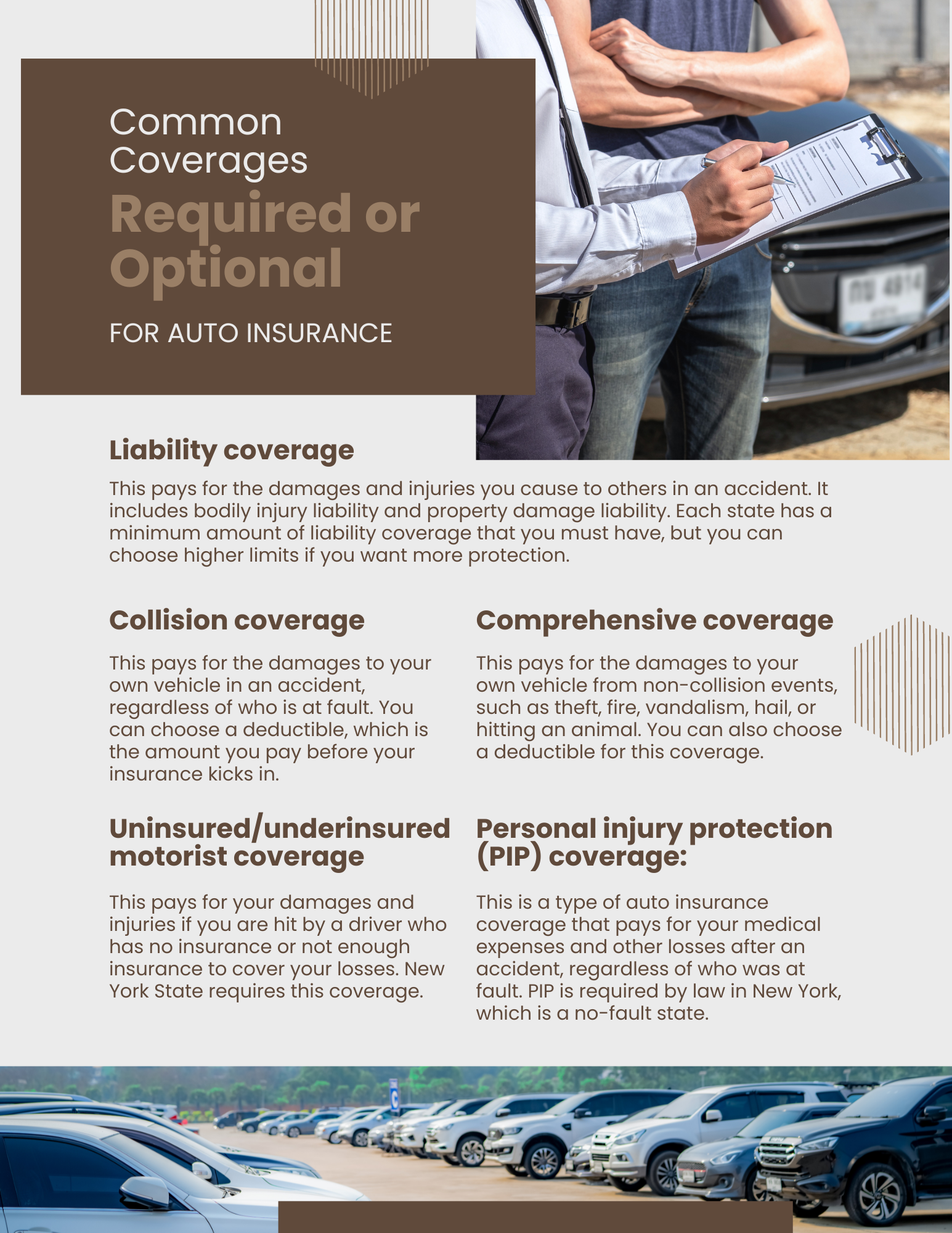
How to Choose the Best Policy Limits for Your No-Fault Benefits
There’s another type of coverage you need to consider when choosing the best policy limits for your auto insurance quote. No-fault benefits.
No-fault benefits are also known as personal injury protection (PIP) or basic economic loss (BEL). They cover your medical expenses, lost wages, and other expenses related to an auto accident, regardless of who was at fault.
In New York, you’re required to have a minimum of $50,000 in no-fault benefits. But you can choose to increase your no-fault benefits up to $175,000. This is the maximum amount any insurance company can offer you. It includes $150,000 in additional personal injury protection (APIP) and $25,000 in optional basic economic loss (OBEL).
Why should you choose the max amount of no-fault benefits? Because it can save you a lot of hassle and money in case of a serious accident. If you exhaust your $50,000 limit, you may have to go to court to seek compensation from the other party’s insurance company. Or you may have to seek it from your own uninsured motorist coverage.
This can take a long time and cost you a lot of legal fees. If you have $175,000 in no-fault benefits, you can avoid going to court. You can also get your expenses covered faster and easier.
The best part is that increasing your no-fault benefits is not very expensive. It may only cost you a few extra dollars per month, depending on your carrier and other factors.
How Do I Increase the Limits of My No-Fault Benefits?
How do you increase your no-fault benefits? It’s very simple. You just have to buy more coverage in $50,000 increments. You start with your mandatory $50,000 limit, then you can buy another $50,000 or another $100,000.
What Can I Use My OBEL Coverage For?
You can use it for anything related to your accident. For example, if you use up your PIP coverage for medical expenses, prescriptions, and lost wages, you can use your OBEL coverage for those as well.
Or, maybe you have two acres in Van Buren to mow. You can’t do it yourself because you were injured in the accident. You can use your OBEL coverage to hire someone to do that chore. The OBEL coverage gives you more flexibility and options for how to use your no-fault benefits.
That takes you to either a total of $100,000 or a total of $150,000 in PIP coverage. Plus, you can also purchase your OBEL coverage, which is another $25,000. That takes you to the maximum amount of $175,000 in no-fault benefits.
Choosing the best policy limits for your no-fault benefits is not only smart but also easy. You just have to decide how much coverage you want and how much you’re willing to pay for it.
At Horan, we can help you make the best decision for your situation and budget. We can show you how much it would cost to increase your no-fault benefits and how much it would save you in case of an accident.
Don’t settle for the minimum amount of no-fault benefits when you can get the highest amount for a small price difference. Choose the best policy limits for your auto insurance quote and enjoy the peace of mind that comes with knowing you’re fully protected.
Get the Best Policy Limits for Your Auto Insurance Quote
Following the tips and advice in this article, you can find the best policy limits for your auto insurance quote. That will provide adequate protection for you and your car from accidents. You can also save money and get the coverage you need. You can enjoy driving with confidence and peace of mind, knowing you’re fully protected.
But if you overlook these tips and choose the wrong policy limits for your auto insurance quote, you may face serious consequences. You may end up paying too much for auto insurance or not getting enough coverage for your needs.
You may also have to deal with lawsuits, legal fees, out-of-pocket expenses, and personal liability in case of an accident. You may lose your assets, your savings, and your peace of mind.
Don’t let that happen to you. Choose the best policy limits for your auto insurance quote and avoid the risks of being underinsured or uninsured.
If you need help choosing the best policy limits for your auto insurance quote, we’re here to help. To get started, click the Get a Quote button below. One of our friendly insurance specialists will contact you.
Want a deeper dive into the best coverages and deductibles for your auto insurance quotes? Read the articles below:
Daniel is an accomplished content creator. He has been working in publishing for almost two decades. Horan Companies hired Daniel as its content manager in November 2022. The agency entrusted its messaging to him. Since then, Daniel has written insurance articles, service pages, PDF guides, and more. All in an effort to educate CNY readers. He's helping them understand the world of insurance so they can make informed decisions.
Topics:





